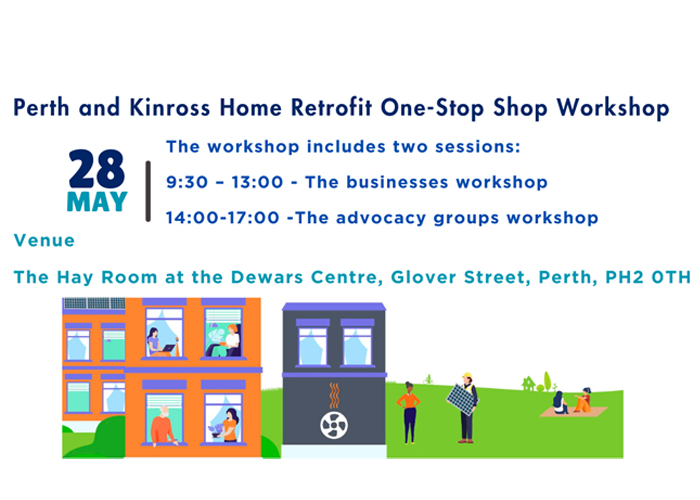NEW research by the International Longevity Centre, the UK’s leading think tank on the impact of longevity on society, highlights deep-seated inequalities in the UK’s changing labour market and the critical condition of the current economy.
The recently publicised increase in the number of economically inactive adults due to long term sickness brings to the fore deep seated problems in the UK labour market, according to newly completed research by the International Longevity Centre and Bayes Business School (formerly Cass).
The ILC’s analysis over a 30-year period identifies four strategic concerns:
- A shortage of active workers: There are now only 1.7 economically active workers for each inactive adult aged 16+. Despite pension reforms and the removal of the default retirement age at 65, this level is the same as it was 30 years ago in 1992.
- Too many active workers are ill: Of the 8.9m inactive adults under 65, 2.5 million are long term sick, almost a 0.5m increase since 2019.
- Numbers in work have increased but men much less than women: The population has grown by 18% since 1992. But while the number of economically active women has increased by 30.6%, the number of economically active men has increased by only 11.3%. Meanwhile the number of women working full-time has increased by 49.2%, the number of men working part-time is up by 130%.
- The gap between jobs and skills is growing: The UK population is expected to grow to 72m by 2040. Since 1992, jobs in manufacturing have declined by 37%, while jobs in service sectors are up by 74%. Previous ILC research estimates a shortfall of 2.6m workers by 2030 – yet economic activity rates among 18-24 years olds are almost 50% of the level in 1992 exacerbating labour shortages elsewhere in the economy.
Health inequalities are a major limiting factor in preventing people from working. In the unhealthiest local authorities, like Blackpool or Hull, health expectancy is less than 57 years compared with over 70 years in the healthiest such as Wokingham. If health expectancy increased by one year this would increase working lives by 3.4 months and significantly reduce the burden on the NHS and welfare costs.
Keeping people healthy is clearly beneficial to the economy given the inequalities highlighted above. But there is a double cost represented by a loss of income plus increases in the cost of health care and sickness and disability benefits.
For example, spending on working-age health and disability benefits is over £45bn a year and accounts for about 1.6% of GDP, higher than the previous peak in 1992 when it was 1.5%. Spending on healthcare is also far greater than it needs to be.
With a cap on migration, future labour supply will need to be sourced from within existing human resources but no joined up plan exists for how to achieve this. Higher productivity could come to the rescue, but this has been relatively flat for over a decade. Doing nothing risks labour problems and skill shortages for years to come threatening our future prosperity.
Professor Les Mayhew, Associate Head of Global Research at ILC and Professor of Statistics at Bayes Business School (formerly Cass), said:
“The warning signs are abundant. While economic inactivity has increased in most countries during the pandemic, the UK is one of the few developed economies where it has still not rebounded. Currently nearly two in five adults are economically inactive – which is a huge waste of human potential.
The Government urgently needs a workforce strategy to address these issues in the short and long term. In the short term, we need more incentives to encourage people back to work and to make work pay, alongside measures to address the longer-term issues around skills shortages, health-inequalities, and the provision of care.
With a new election looming which will create a significant policy distraction, we urge all political parties to include, within their manifestos, measures to tackle the deep-seated problems highlighted by our research.”









